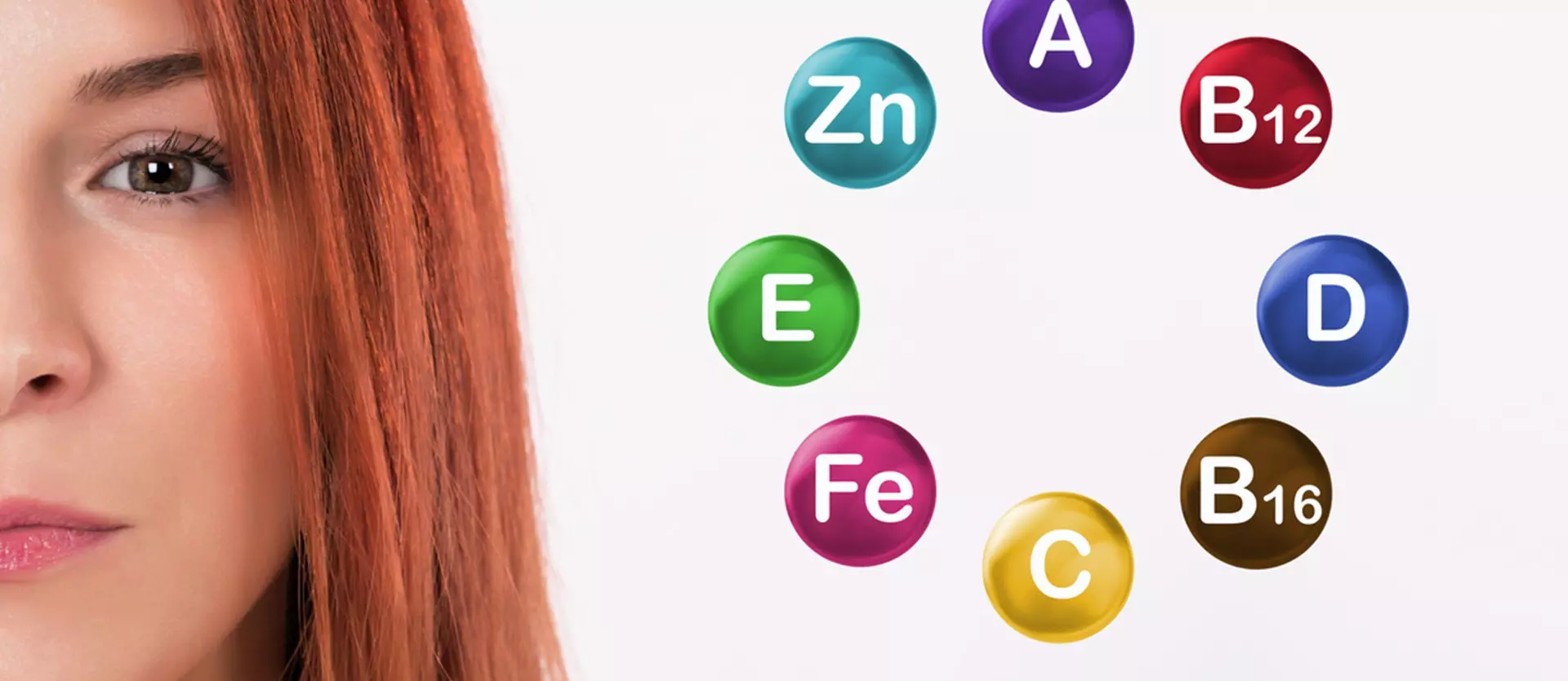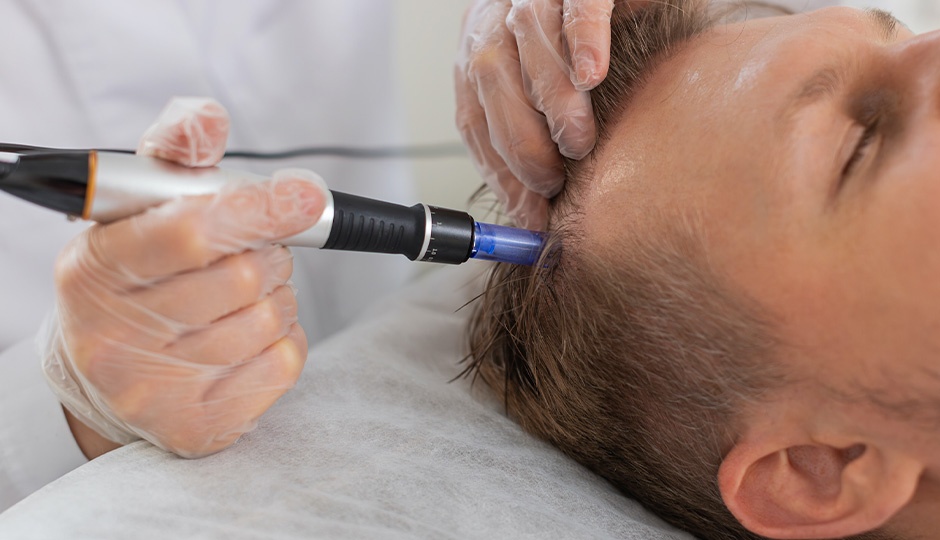Hair loss may occur for all kinds of reasons, and those reasons may differ between men and women. Sometimes, a simple vitamin deficiency can cause your hair to shed more readily, for example. Thankfully, deficiencies that come from low vitamin D and iron are easier to resolve than some other causes of hair loss.
The first and most important thing to mention is that it’s a good idea to see your healthcare provider if you’re shedding more hair than usual. Since there may be many different causes, a blood test is a sensible way to rule out certain things and potentially highlight others. For example, a blood test can be done to measure the amount of ferritin in your blood. This is a protein responsible for storing iron, so if your ferritin levels are low, it means you’re low in iron too. A blood test can also check your vitamin D levels, enabling you to see whether they are fine or whether they need a boost.
But how do low levels of vitamin D and iron cause hair loss in women to start with?
Low Iron Levels and Hair Loss
Research is still ongoing, but it seems that some women experiencing hair loss are also low in iron. Iron helps provide oxygen to all the cells in your body, so if you’re low in iron, this could affect many different areas of your body – including your scalp.
Women are more prone to iron deficiencies because they experience menstrual cycles. The heavier the menstrual cycle, the more likely it is that the woman will develop anemia. This develops over time and may produce symptoms including tiredness and weakness. Since red meat is the best source of iron we can eat, it’s ideal to add this to your diet if you are diagnosed with low iron levels. If your levels are exceptionally low, your healthcare practitioner may opt to put you on iron tablets. These are usually of a higher dose than you could buy over the counter.
Low Vitamin D Levels and Hair Loss
Research has indicated that there could be a link between low levels of vitamin D and hair loss in both men and women, although more extensive research does need to be done.
Vitamin D has many roles to play, but the most important one for our purposes relates to its ability to help stimulate your hair follicles. Alopecia has been linked to vitamin D deficiency, so it is important to make sure you get adequate levels of the vitamin.
The best way to get more vitamin D is to make sure you get some sunshine. However, the weather doesn’t always play ball in this respect, so it’s good to have some alternatives to think about too. Cod liver oil is a good source of vitamin D, and it’s easy to take in capsule form each day. Salmon and tuna are ideal too. Indeed, if you’re a fish fan, it’s easier to get more vitamin D via your diet than if you never eat fish. You might also find certain cereals are fortified with vitamin D and other vitamins to give you a boost first thing in the morning.
And if you like eggs, you’ll get a little over 80% of your recommended daily intake of vitamin D by having two of them in a day.
Solving the Problem of Hair Loss Caused by Deficiencies
Knowing why low levels of vitamin D and iron cause hair loss helps you find some hair-loss solutions to get things back to normal again. However, you should remember that it could take several weeks to see regrowth of hair after losing some to a deficiency like this. If you have a severe deficiency diagnosed by a blood test, you may receive supplements to take. You may want to seek the assistance of a hair professional to guide you on the proper treatment of your scalp and hair while you are treating the deficiency.
If you do notice you’re shedding more hair than usual, a blood test may be able to provide you with some answers to help bring things back to normal. This is your first step to learning more and working on strengthening your hair growth. To learn more, contact the team at Unique Hair Concepts for an in-person consultation.






